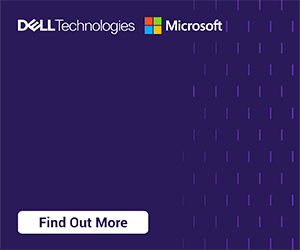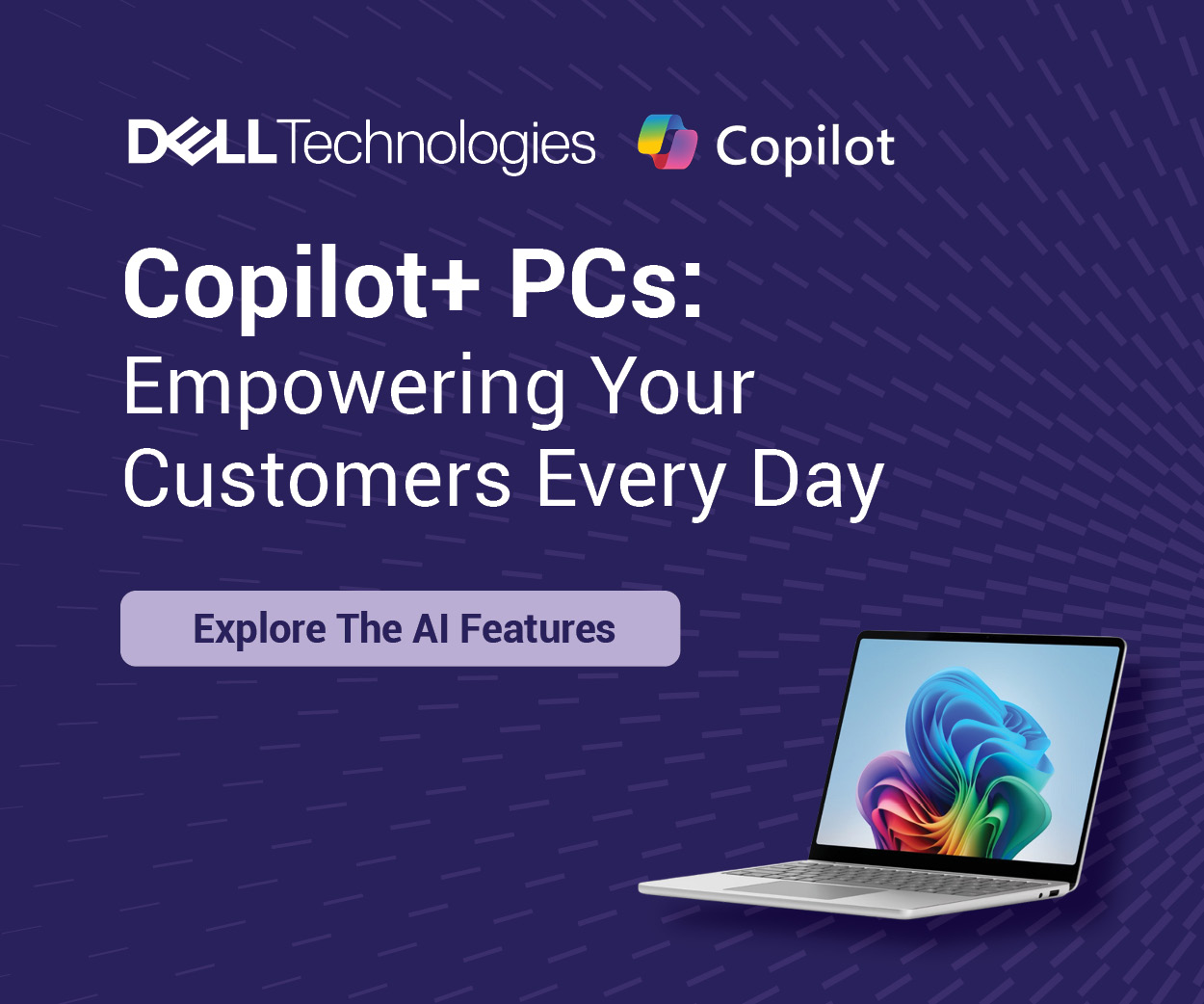At Dell Technologies, the company believes deeply that diversity is power. Their goal is to build a future workforce that champions racial equity, values different backgrounds and celebrates unique perspectives. Their unwavering commitment and dedication to diversity and inclusion is their way of addressing societal challenges – and in the process, they are unlocking new, previously untapped innovation.
Dell Technologies believes they are leaving too much potential talent on the table while the workplace is amidst a talent shortage not seen in decades. Closing the diversity gap is not only critical in meeting future talent needs, but it also brings a fresh set of new perspectives that are truly reflective of Dell’s growing global customer base. Dell sees diversity and inclusion as a business imperative that will enable them to build and empower their future workforce, while also doing their part to address societal challenges.
Dell’s Social Impact Plan for 2030 is built on a host of actionable goals
Dell Technologies is committed to a series of moonshot goals and other goals that will propel the company's social impact worldwide. The ambitious goals are the lynchpin of the company's 2030 Progress Made Real plan and are grounded in the belief that technology and data combined with human spirit are, and will always be, positive forces in the world. For diversity and inclusion, their goals are real, and they are meaningful.
For instance:
Moonshot Goal - by 2030, 50 percent of their global workforce and 40 percent of their global people leaders will be people who identify as women.
Additional Goals by 2030 -
• 25 percent of their U.S. workforce and 15 percent of their U.S. people leaders will be Black/African American and Hispanic/Latino minorities
• Each year through 2030, 90 percent of their employees will rate their job as meaningful
• 50 percent of their employees will participate in employee resource groups to drive social impact
• Each year through 2030, 75 percent of their employees will believe their leader is inspiring
• 95 percent of their employees will participate in annual foundational learning on key topics such as unconscious bias, harassment, microaggression and privilege
• Each year through 2030, 50 percent of the people empowered by their social and education initiatives will be girls, women, or underrepresented groups
How Dell Technologies will achieve these ambitious goals
Dell’s plan to deliver on their goals has three main objectives.
1. Build & attract the future workforce
• Diversify to fulfill tech jobs
• Look beyond the “traditional” talent pool
• Partner to ensure workforce preparedness
2. Develop & Retain an empowered workforce
• Empower to engage
• Support employee connections
• Strengthen through employee leadership, connection, and growth
3. Scale for maximum impact
• Educate for equality in the workplace
• Partner to support diversity and inclusion
• Develop breakthrough diversity-related innovations
It is easy to talk a good game with respect to diversity and inclusion. It is quite another thing when promise is evidenced by action. To this point, Dell Technologies has been recognized by numerous organizations for their actions in championing ethics, inclusion, equity, and access for all.
Dell Technologies’ commitment to diversity and inclusion is not only important to them. It has the same level of importance for customers and partners as well. For partners especially, they can take comfort in knowing that the company and its people that they represent imbue the kind of character and credibility that their own organizations do.
To learn more about Dell Technologies’ plans, goals, or performance in diversity and inclusion you can visit here













